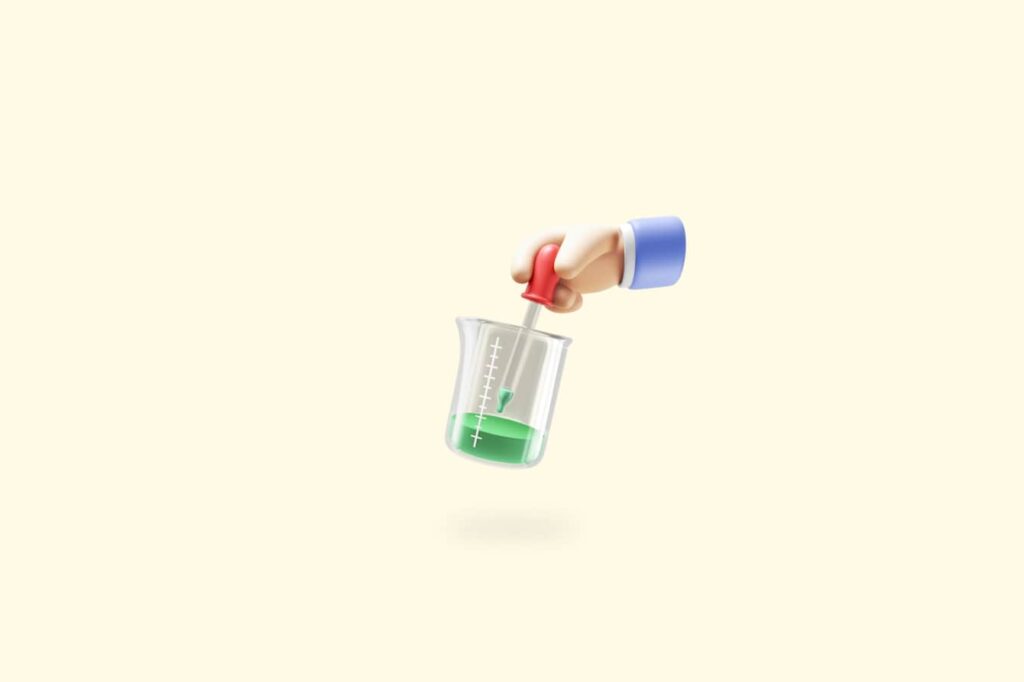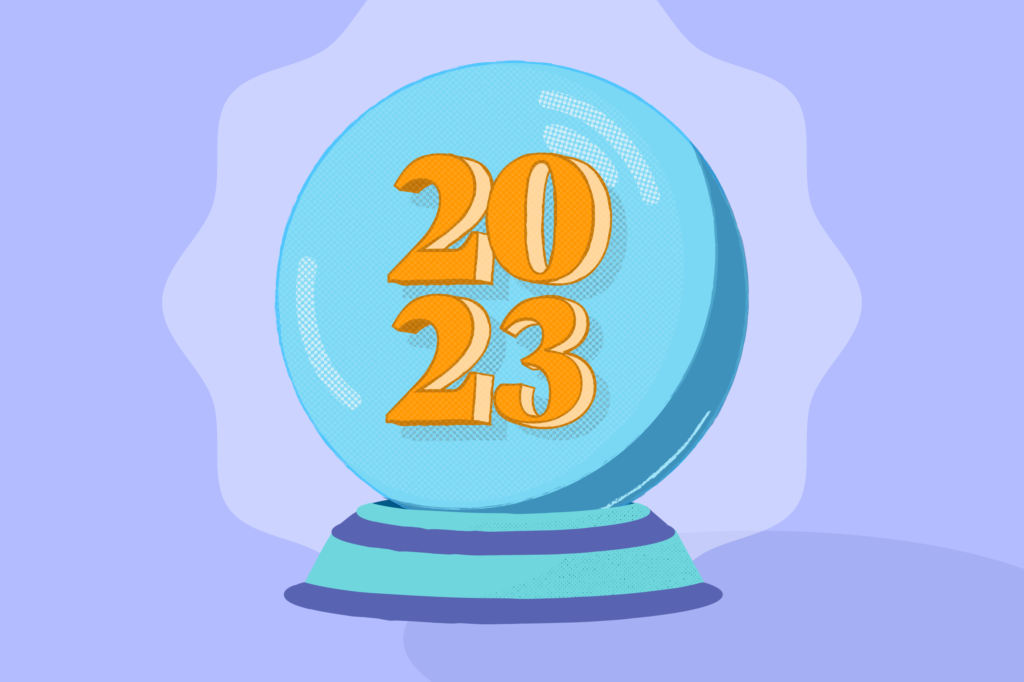You’ve probably read about the importance of cutting down hold times for your customers or heard about a magic “hold time threshold” your front desk or contact center shouldn’t cross. But what does this look like in your day-to-day, real-world business?
From large financial institutions to tiny home service providers, prolonged hold times wreak havoc on large and small businesses alike. Frustrated callers, flustered customer service reps, missed sales opportunities, and poor customer satisfaction (CSAT) and Net Promoter Scores (NPS) can all be avoided by getting the “on-hold” dilemma right.
To cut through the chatter, we dug into caller data to better understand just how disruptive placing callers on hold can be, and discover steps you can take to improve your hold times and boost customer satisfaction.
What’s a good hold time?
Show of hands: How many people enjoy calling a business only to be placed on hold for an indefinite amount of time?
Anybody?
The reality is, no one enjoys waiting in a call queue—no matter how catchy the hold music.
“There is no such thing as a ‘happy hold time’ for a customer,” says Troy McNall, Strategic Business Consultant for VHT. “All customers want to be met in the moment, in their channel of choice.” The longer a customer has to wait before talking with a service representative, the more frustrated they become and more likely they are to abandon the call (and possibly your business).
In a 2012 study on hold times, Velaro discovered:
- 32.3% of callers believed they should never have to wait on hold.
- 27.6% said they’ll wait on hold for one minute.
- 30.2% said they’ll wait for one to five minutes.
- 9.9% said they’ll wait 5-10 minutes or as long as it takes.
In other words, the study found that nearly 60% of callers wouldn’t wait on hold for more than a minute. And at five minutes, over 90% of them would hang up altogether.
But that was 2012. Are those numbers still accurate?
As the pioneers of virtual hold technology, we took a look through recent hold-time data of to see if things have changed much in the decade since Velaro’s study. This data is based on a customer survey of a major utilities company in Northeastern United States. Surprisingly, the numbers have remained relatively stable.
While today’s callers might be a little more tolerant of hold times in the one- to five-minute range, their satisfaction takes a nosedive any time after that. Again, we see that a majority of callers consider any hold time unreasonable after five minutes — setting it as a solid “You Shall Not Pass!” benchmark for a majority of businesses.
Is there a difference in customer satisfaction between traditional hold and virtual hold?
Looking at the data, there’s a massive difference between traditional hold and virtual hold times.
Traditional hold occurs when callers connect with a business on the phone but have to wait before speaking with an available representative. On the other hand, virtual hold occurs when callers connect with a business and opt to be placed in a virtual queue—receiving a callback from the business once a representative is available.
Looking to the data from the utility company customer survey, customers who opt in for a callback have a 100% stronger tolerance for longer wait times than those who choose to wait on traditional hold. For example, 50% of customers consider nine minutes of traditional hold time unacceptable. However, 50% of customers on virtual hold are willing to wait up to 20 minutes for a callback before considering the wait time as unacceptable.
Callers don’t want to be indefinitely stuck with their phone to their ear. They want to be in control of their time. When a business gives a caller the option to get on with their day with the promise of a callback, the customer’s perception of that business trends positive, and wait times are perceived differently. The more control a business provides, the greater the customer’s satisfaction score.
Additionally, businesses that deploy a virtual hold queue also see an improvement in a customer’s NPS score—the probability the customer tells others about their experience—when compared to traditional hold.
The evidence is clear: Virtual hold and callback technology can drastically increase a customer’s perception of your business, leading to higher CSAT and NPS scores—both of which typically indicate increased business growth and revenue.
Take steps to decrease your hold times.
Here are some key practices and technologies you can implement to cut down on hold times for your callers and rush time for your call center staff.
1. Deploy a virtual queue.
Don’t leave your callers guessing how much longer they’ll have to wait before speaking with a customer service agent. Deploy a virtual queue in your call center or telephony systems to provide callers with information on how many are ahead of them and how long they can expect to wait.
2. Offer a callback option.
We’ve found that call abandonment rates begin to increase after the first two minutes of hold time. If your virtual queue shows that hold times will be longer than two minutes, offer your caller a callback option. With Mindful’s callback functionality, you can easily set parameters for your phone system to offer a callback option once the queue exceeds a certain amount of callers or wait time.
3. Set up a call scheduling widget on your website.
With a click-to-call widget on your website, your customers can never have to dial you, reach an IVR, or even wait on hold. All they have to do is choose when they’d like to receive a call—be that later in the day or later in the week. Simply place a callback widget on high-traffic web pages (like your Contact Us page) to give customers easy access to your customer support team when it’s most convenient for them.
4. Use texting to gather customer data before a callback.
Text your customers before their scheduled callback to gather relevant information for their call. Pre-call texts serve two purposes:
- Provides a gentle reminder for the customer about their callback—reducing the chance of them missing or forgetting about the call. This is a biggie for eliminating hold times. If a customer misses their callback, their first instinct will be to dial your 800 number. But if they’re nudged with a reminder, and immediately followed-up with if they missed their call, they can reschedule without ever entering your phone tree or hitting the hold queue.
- Allows customer service reps to jump onto the call with a better idea of who the customer is and why they’re calling—increasing the first contact resolution rate.
Next steps
The simplest way to avoid long call times is to skip putting callers on hold altogether. Deploy callback technology to give your customers control over how they interact with your business—letting them get back to their busy day and freeing up your customer service agents to provide better customer service.





